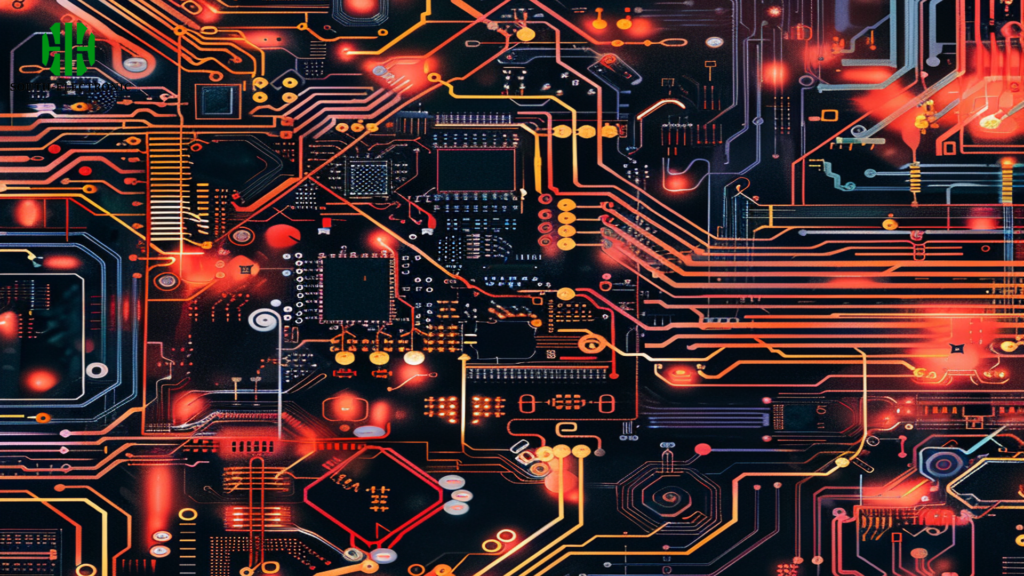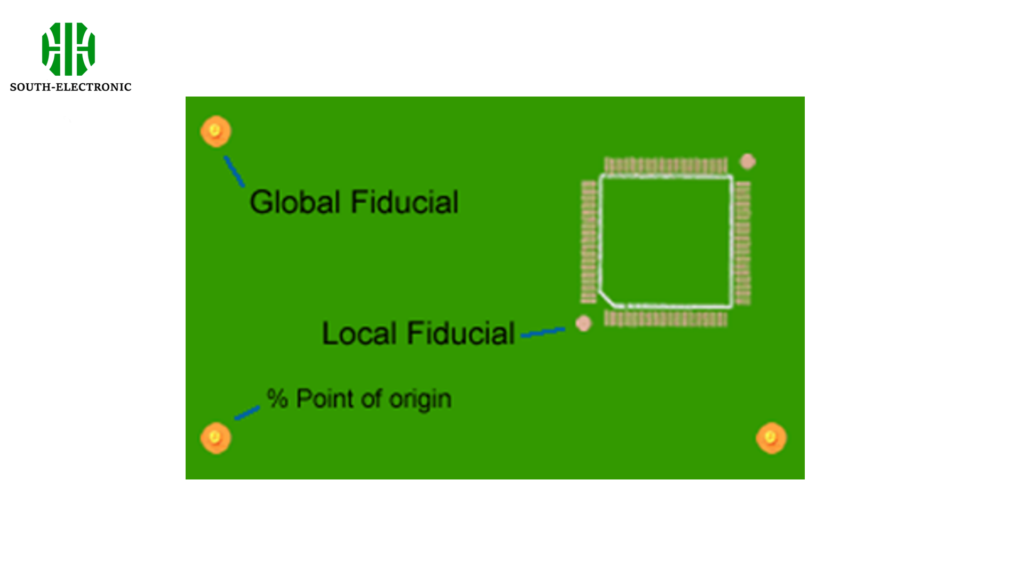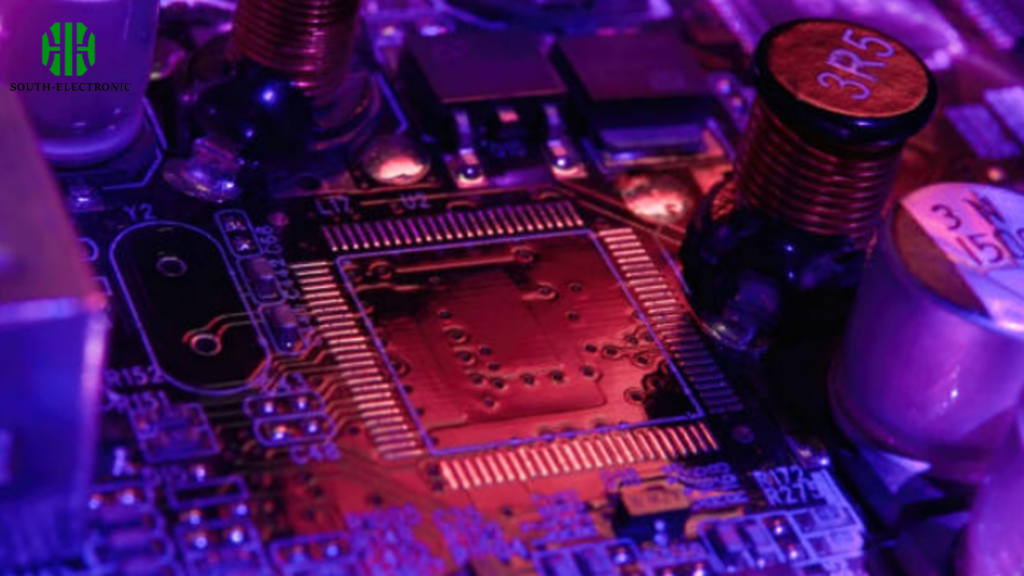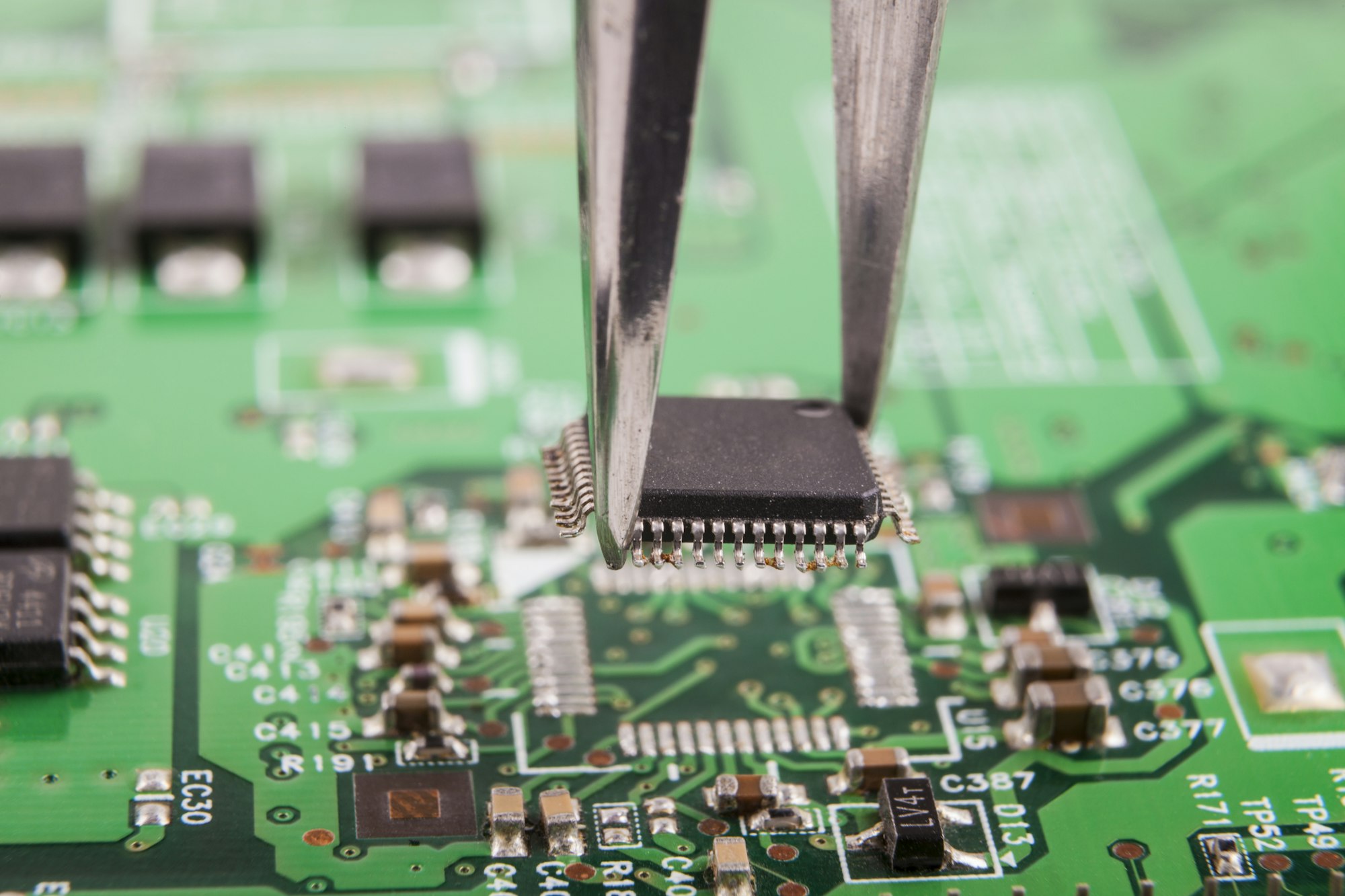What is a Fiducial Mark?
Fiducial marks are crucial reference points on a PCB, used primarily by automated assembly machines for the precise placement and orientation of components. These marks are generally circular copper pads but can also appear in various shapes, such as squares or diamonds, to accommodate different assembly technologies.

Functionality of Fiducial Mark
Fiducial marks are instrumental in aligning PCB stencils and accurately positioning components via automated pick-and-place machines. Utilizing sophisticated image recognition technologies, these machines detect the fiducials’ positions, ensuring precise placement of surface-mounted technology (SMT) components. This adaptation improves consistency across multiple PCBs, optimizing the manufacturing process.
Types of PCBFiducial Mark
PCB designs typically incorporate two types of fiducial marks: global and local. Global fiducial marks, often placed near the corners or along the edges of a PCB panel, facilitate broad alignment for multiple PCBs during assembly. Local fiducial marks, which are smaller, provide precise alignment in densely populated or intricately designed areas of the PCB, enhancing placement accuracy of individual components.

Benefits of Using Fiducial Mark
Fiducial marks provide a uniform and reliable alignment reference that remains visible and undistorted by solder masks or silkscreens. This consistency is critical for avoiding misalignment during the component placement process, thus enhancing the overall reliability of the PCB assembly.
Key Design Guidelines for Fiducial Marks
| Guideline | Detail |
| Visibility | Place on top/bottom layers, clear of obstructions. |
| Contrast | Maximize contrast with the PCB substrate. |
| Uniformity | Diameter should be between 1 and 3 mm. |
| Positioning | Global marks should be no closer than 0.3 inches from edges. |

Are Fiducial Marks Necessary?
While fiducial marks are not required for every PCB design, their importance escalates in high-volume production where precision and automation are paramount. They are essential for ensuring high reliability and accuracy in the assembly process.
Conclusion
Fiducial marks play an indispensable role in PCB manufacturing, offering a beacon of accuracy for automated assembly processes. Their strategic implementation and design adherence not only facilitate precise component placement but also streamline the assembly workflow, highlighting their significance in modern PCB production practices.


